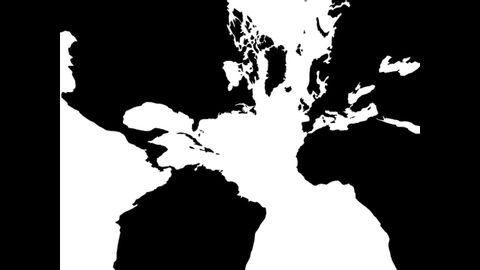
字幕と単語
動画の中の単語
straight
US /stret/
・
UK /streɪt/
- adj.異性愛者;異性愛の;正直で直接的;真っ直ぐな;きちんとした
- adv.率直に;まっすぐに;すぐに
- n.異性愛者
- v.t./i.まっすぐにする
A2 初級TOEIC
もっと見る flat
US /flæt/
・
UK /flæt/
- n. (c./u.)アパート;平ら;フラット;フラットシューズ
- v.t./i.アパートに同居する;不発に終わる
- adv.はっきりした;平に
- adj.平らな;活気のない;ぺちゃんこの;炭酸が抜けた;一定の;つや消しの;単調な;平面的
A2 初級
もっと見る surface
US /ˈsɚfəs/
・
UK /'sɜ:fɪs/
- v.t.(道路を)舗装する : 新しい表面につくりかえる
- v.i.浮上する;浮上する;表面に浮上する
- adj.表面の
- n. (c./u.)表面 : 面 : 水面;うわべ : 見かけ : 外観;表面
A2 初級TOEIC
もっと見る エネルギーを使用
すべての単語を解除
発音・解説・フィルター機能を解除
